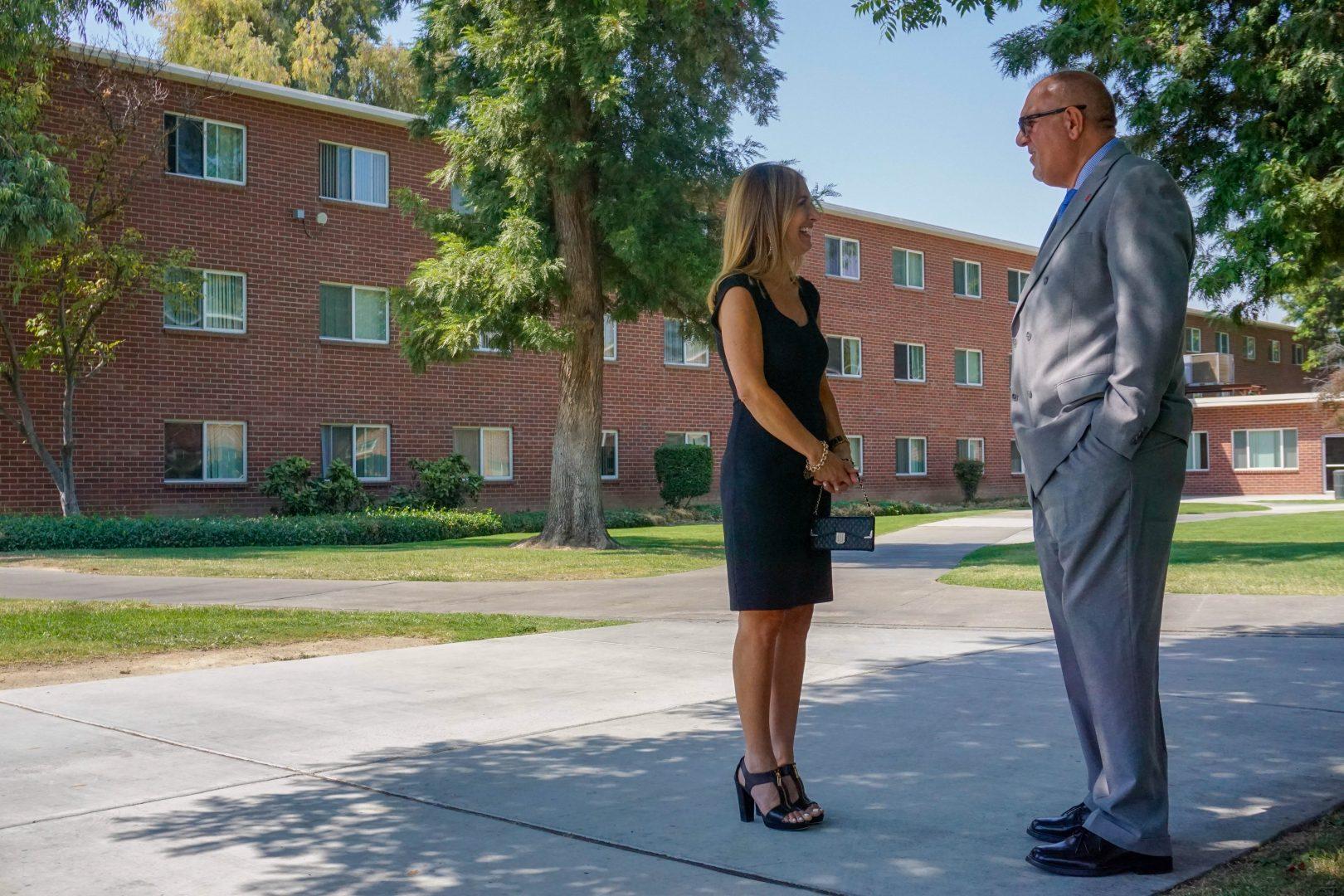Fresno State is in the early stages of developing new on-campus student housing, a project that has become increasingly significant considering student enrollment for the spring semester has reached a record high.
The university has employed a third-party firm, Brailsford and Dunlavey, to conduct a preliminary feasibility study that will give administrators a better understanding of the students’ needs and how to better address them, according to Debbie Adishian-Astone, vice president for administration and associate vice president for auxiliary services.
The study will also evaluate and weigh the demand and cost of new housing against the cost of renovating existing dorms to determine if additional buildings will be necessary.
According to Vice President of Student Affairs Dr. Frank Lamas, the project — whether adding new buildings or renovating current ones — will be self-sufficient in that “students who live there will pay for the cost of the building,” and no additional student fees will be necessary.
“The study will help to guide the program and what the highest priorities are, and really where the demand is,” Adishian-Astone said. “We are looking to see what other amenities and what other types of learning spaces that would be synergistic.”
The university’s administration has been sourcing input from students on what amenities they would like the on-campus dorms to feature.
“We want to know what students want. We want to know what would make your experience at the university a better experience,” Lamas said.
Some of the amenities being discussed include more dorms with private bedrooms, full kitchens, in-unit laundry and additional fitness centers.
While the exact location for new housing is still being analyzed and discussed, Adishian-Astone said she expects new dorm buildings would be constructed “within that footprint” of the existing dormitories, but may require “some reconfiguration.”
The existing on-campus dorms can accommodate up to 1,157 students, and currently house 983 residents. A new dorm building would increase the overall capacity by an estimated 350 to 700 additional students.
Lamas estimates the entire project taking three to four years.
New student housing is not the only construction project the university is currently undertaking. A referendum in the spring semester received student approval, including to raise student fees, to fund the new Student Union.
The new USU is estimated to cost $60 million. Although no exact location has yet been designated, administration speculates it will be somewhere toward the center of campus, possibly replacing the amphitheater just south of the Keats Building.
The university is also evaluating the process of updating the campus’ central heating and cooling plant, which will need a significant renovation to support the campus’ planned construction projects.
Lamas said the projects reflect the university’s enrollment growth over the years and the need to expand facilities. The university welcomed 25,200 students for the fall semester, the largest group according to campus records.
“This (new student housing) will be, along with our (New) Student Union, really great facilities for our students,” Lamas said.




